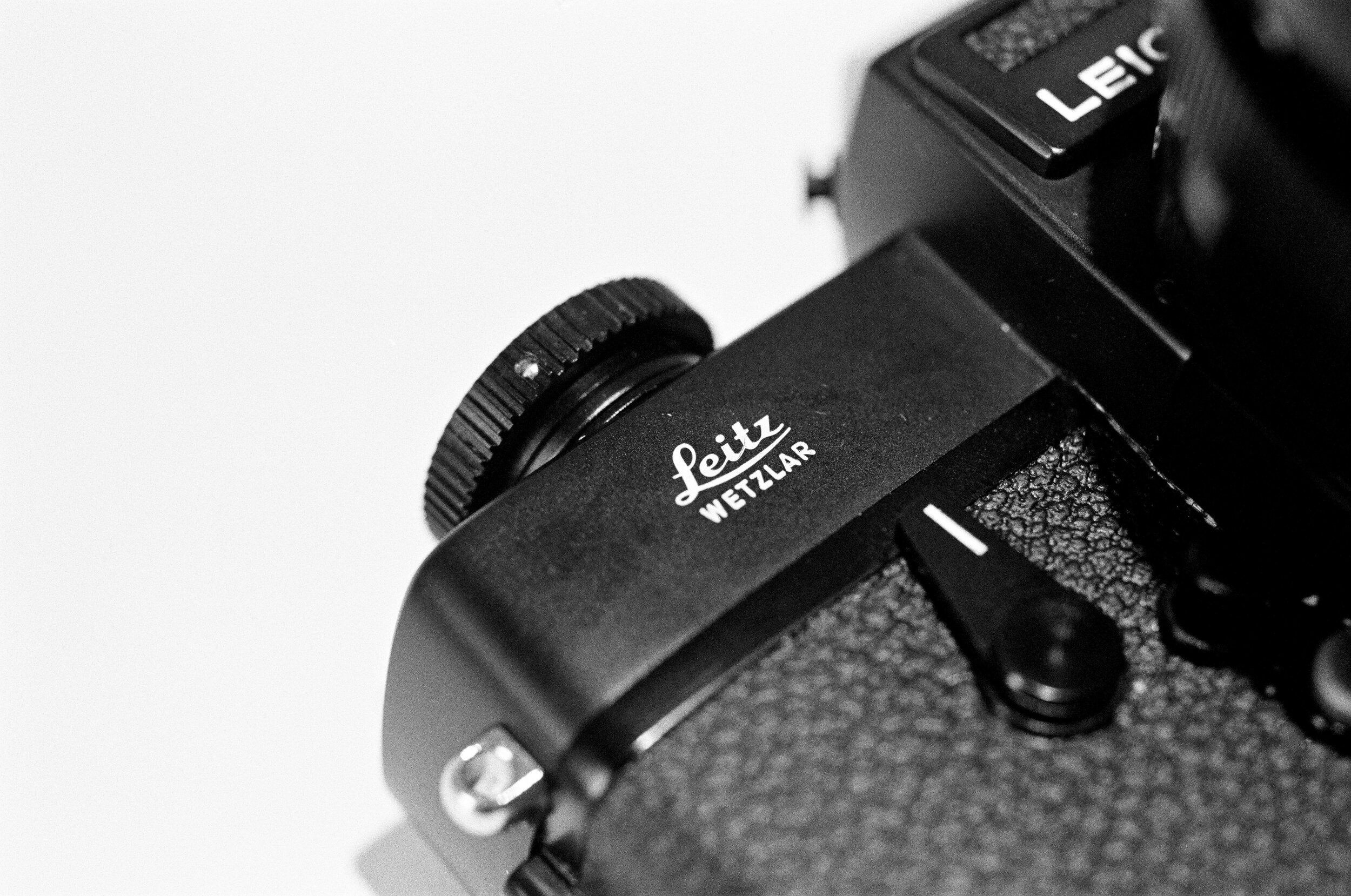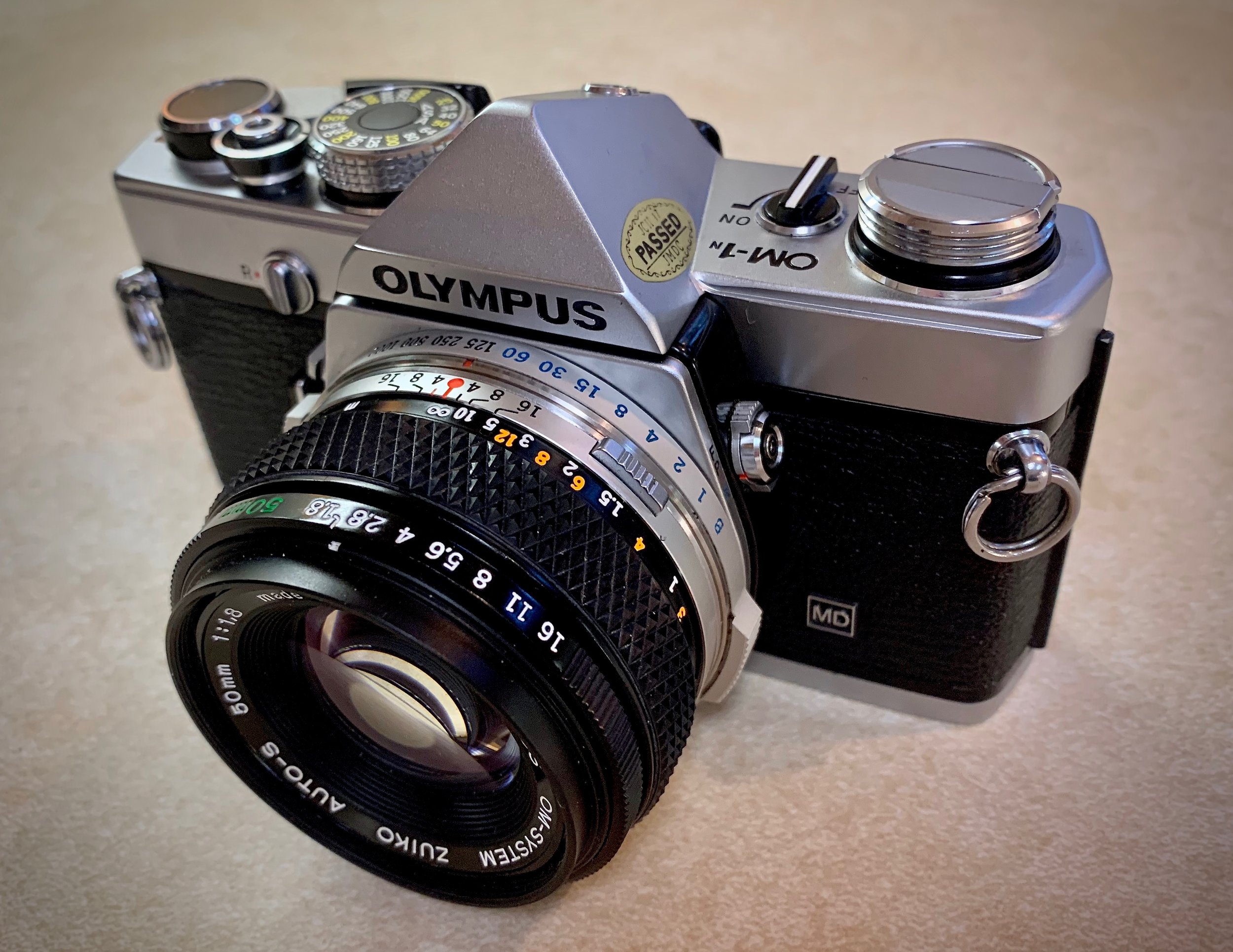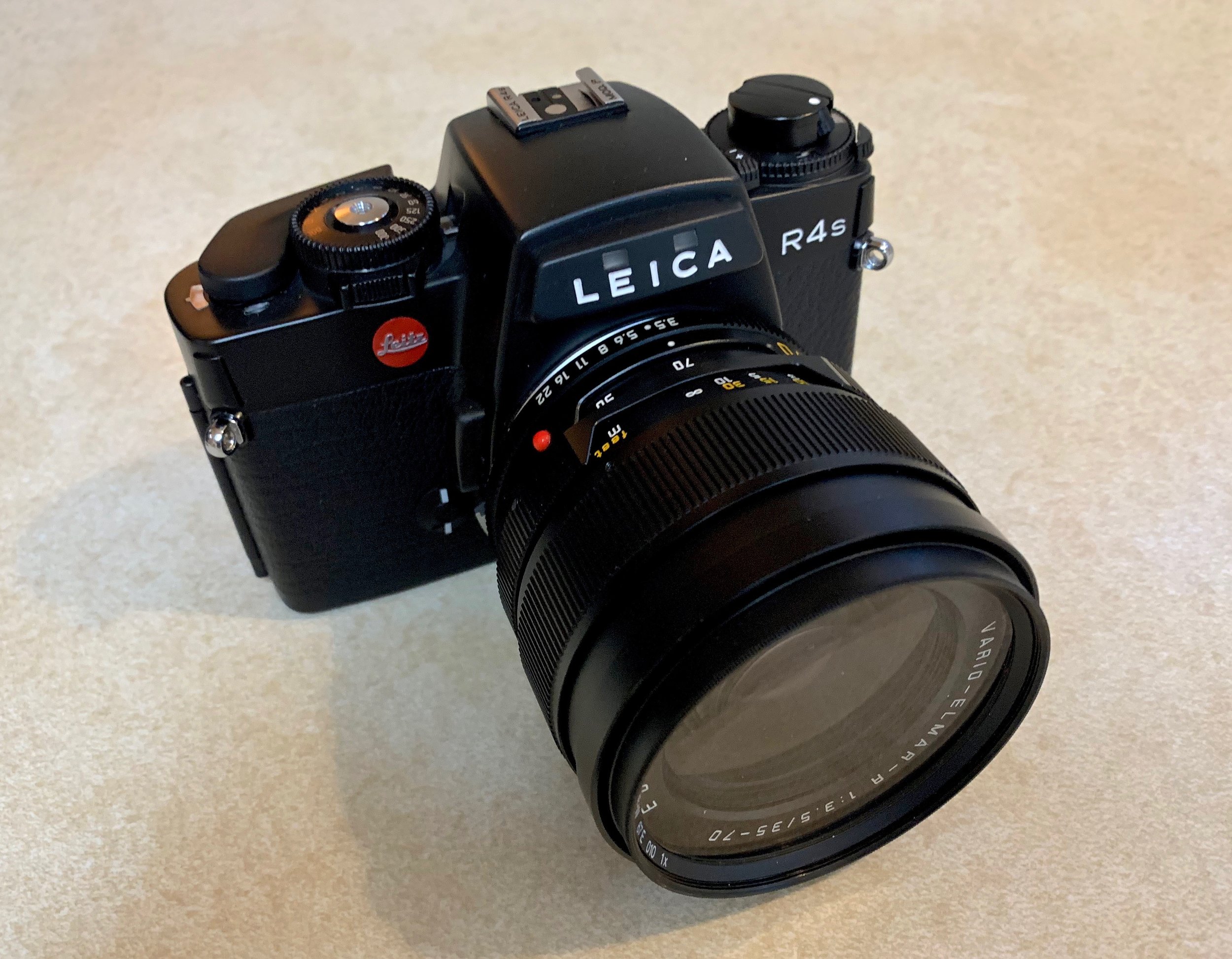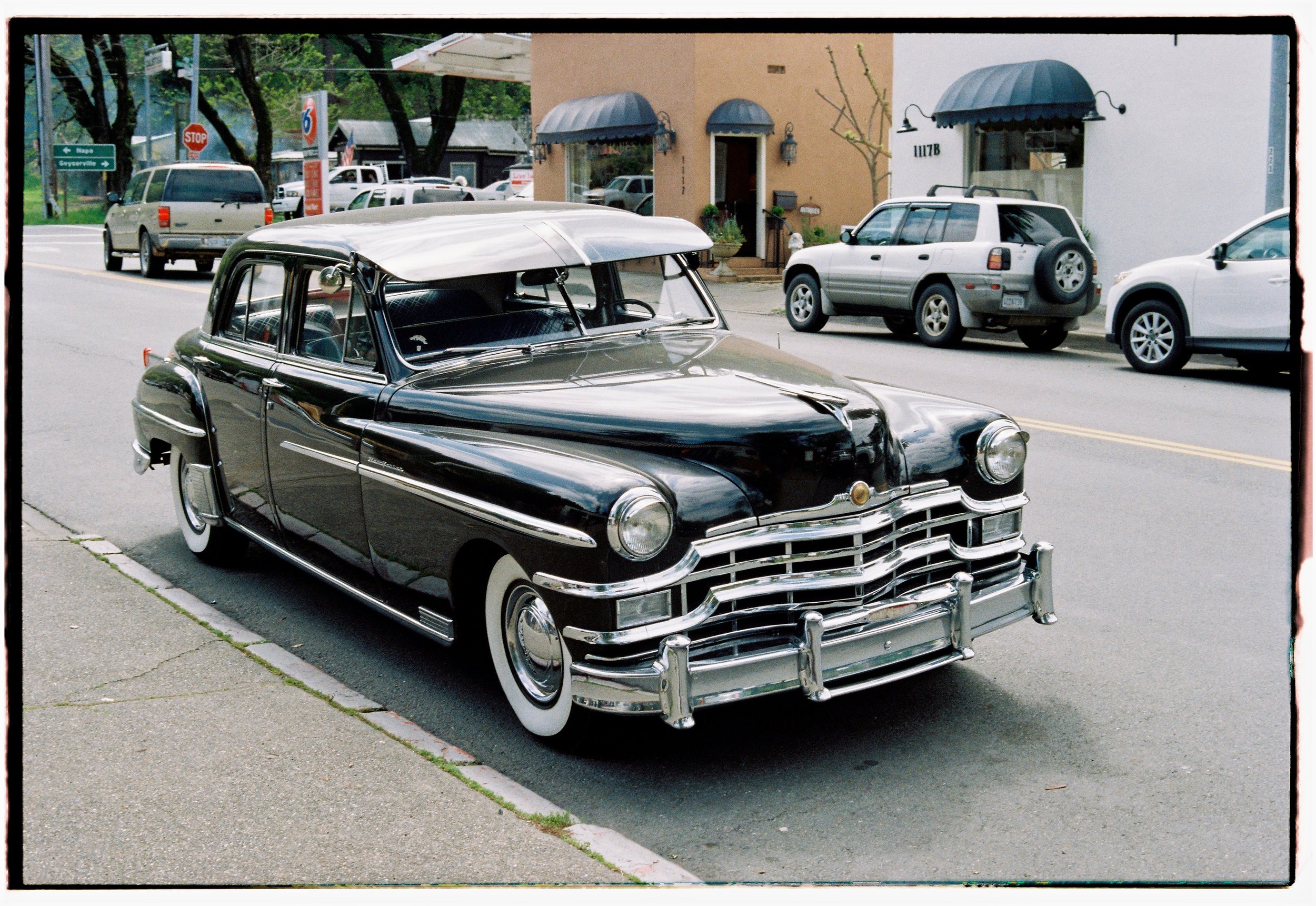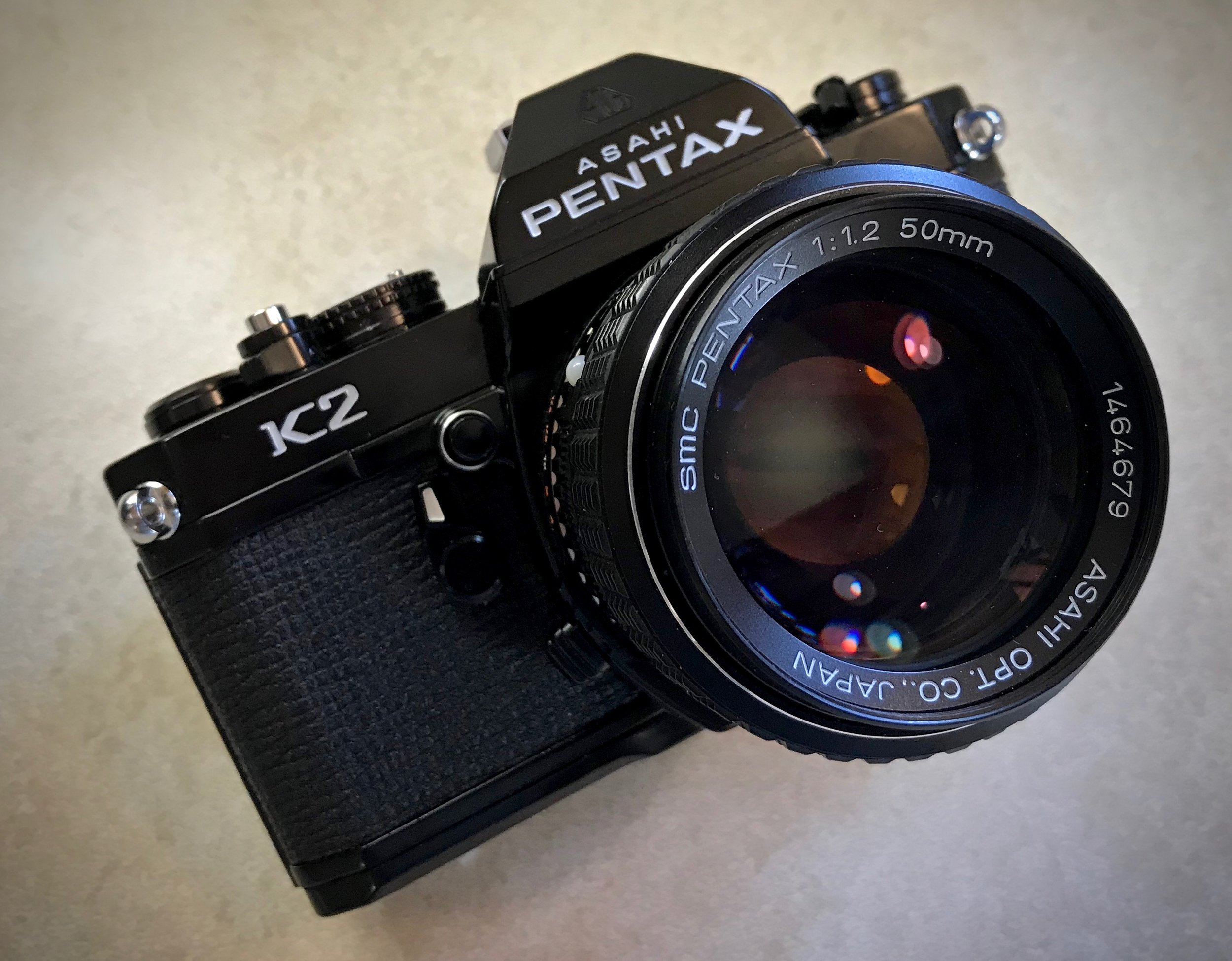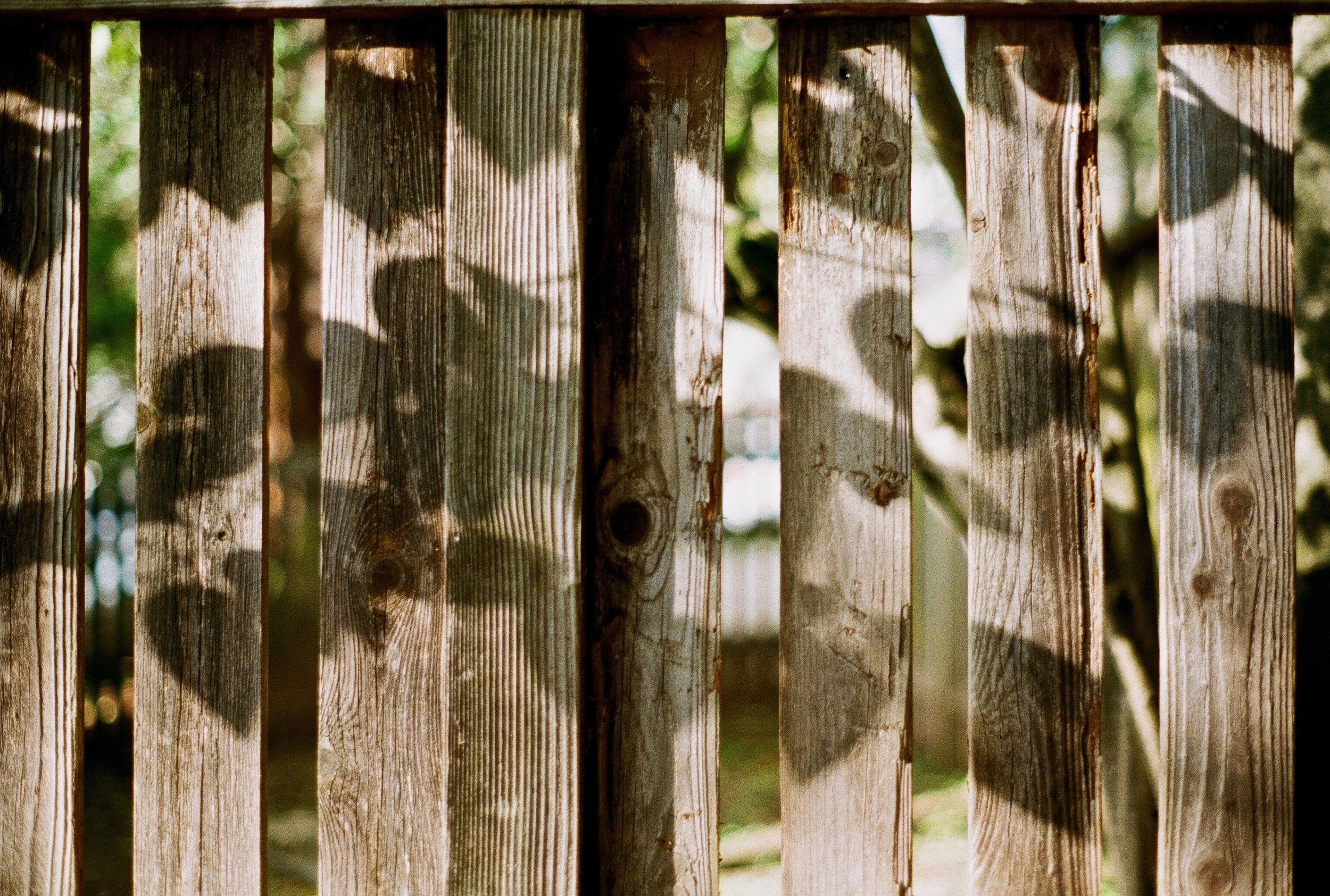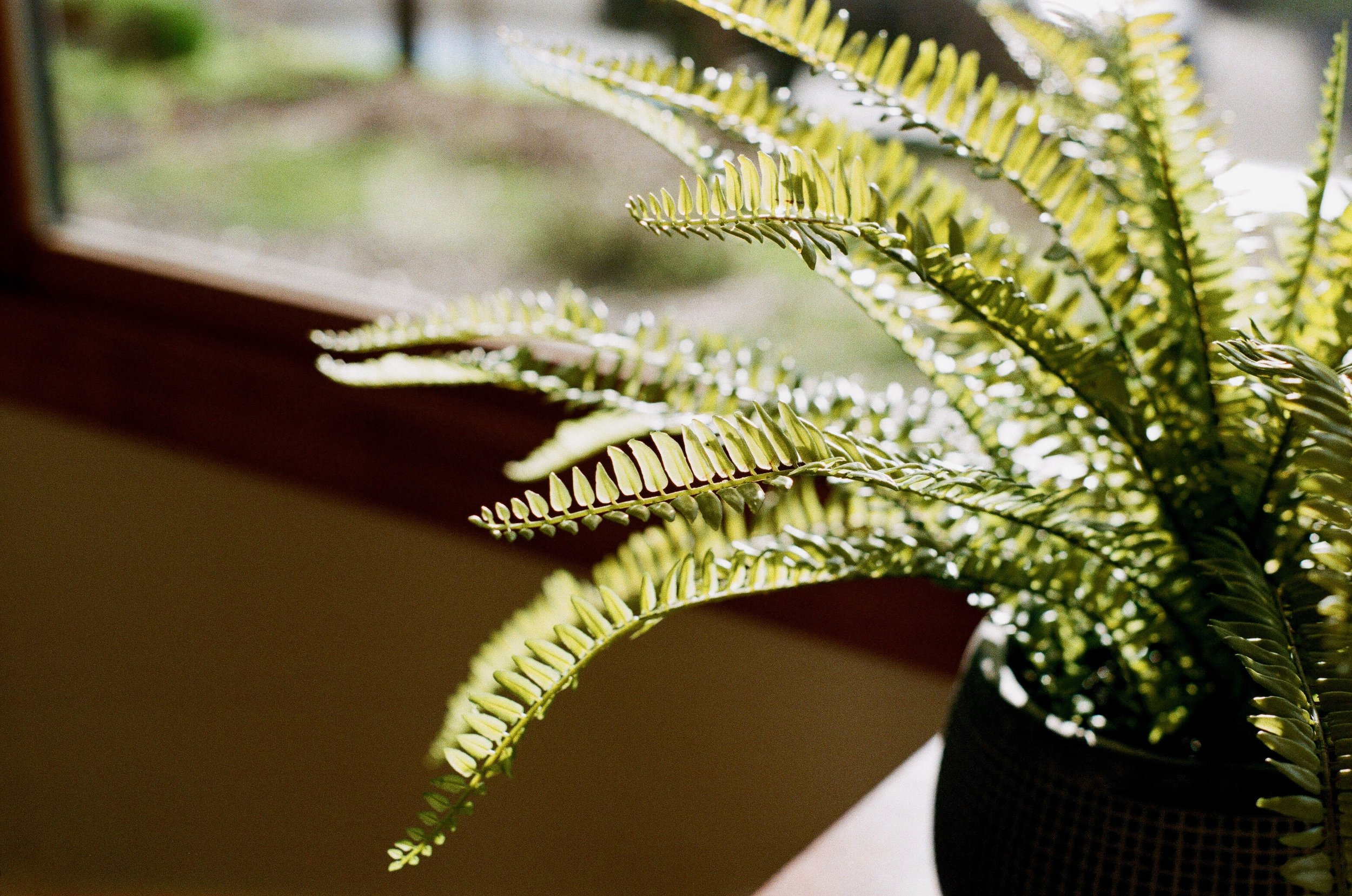1901 Eggleston Camera Straps
A bad camera strap can really foul an otherwise wonderful day of photography. There’s nothing worse than having your strap constantly sliding off of your shoulder or getting in the way of your film advance lever. Or straps that make your camera hang in some weird, out of balance way.
I have tried loads…and I mean loads…of different kinds of camera straps and there is one that I keep coming back to time and time again: The 1901 Eggleston camera strap from 1901 fotografi. Owner Mark Lewis is an award-winning portrait photographer based in the UK and for years he searched for a comfortable, long lasting and good looking camera strap. Unsatisfied with what he found on the market, he began to make his own out of top quality Italian leather and only the best metal hardware.
Unboxing a new Eggleseton leather strap is such joy!
Mark makes several different styles of straps, but I first discovered his simple fixed length Egglestons when I was looking for a nice leather strap for my Leica M2. I didn’t want a big, wide bulky strap on the graceful little Leica rangefinder and the Eggleston was perfect.
These straps are so nice and comfortable, so well made and good looking, that they quickly found their way onto my larger and heavier SLR bodies. Even with the size and weight of say…my Canon F-1, the Eggleston is just perfect!
And here is the best part of Mark’s great camera straps…the split rings. I don’t know about you, but sometimes I really struggle with camera strap split rings. Many are just so hard to pry open that after moving a strap from one camera to another, my finger tips end up hurting. Not with the 1901 straps. Mark told me he spent a lot of time searching for just the right ring and the time spent was worth it. These splits are so easy to open!
The 1901 Eggleston straps cost about $30 USD plus shipping. They come in a wide variety of colors. Mark makes these straps by hand, responds to email inquiries promptly and ships quickly. And unwrapping a new Eggleston and taking it out of its box and little pouch is a sublime experience. The leather is so soft and the smell is just fabulous!
I love supporting photographers who create products for other photographers. If you are looking for a high quality, reasonably priced strap for your camera, take a look at the wonderful leather straps from 1901 fotografi.











